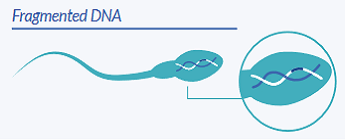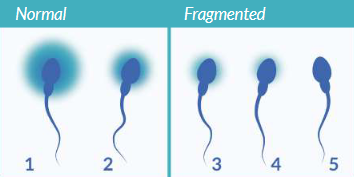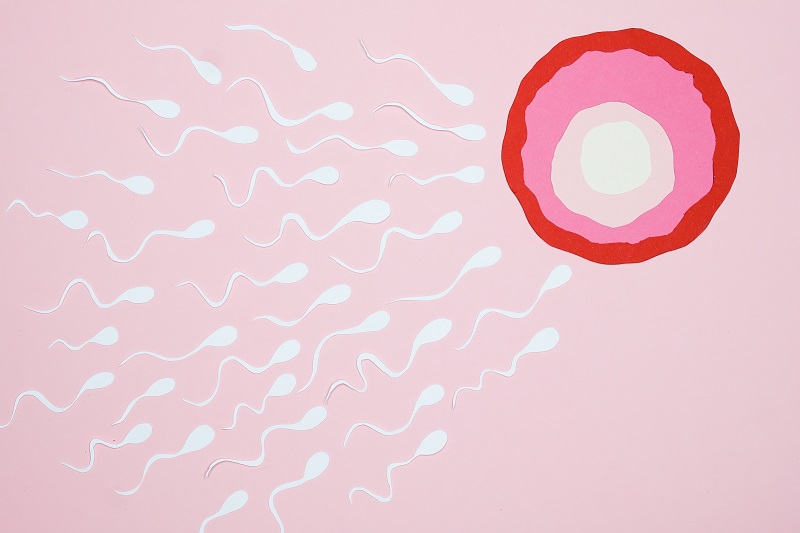Decisive for the success of the pregnancy
Approximately 40% of the causes of infertility are due to a male factor. The genetic quality of sperm is one of the factors that determine a healthy and successful pregnancy. Sperm DNA fragmentation occurs when there are breaks in the genetic material within the sperm. These breaks can be single-strand or double-strand. These abnormalities have been associated with reduced fertility and pregnancy rates, low embryonic quality, and an increase in miscarriage rates.

Causes may be internal, caused by processes within the body: Incorrect maturation of sperm during production. Failures in apoptosis (programmed cell death) that prevent damaged sperm from being naturally eliminated prior to ejaculation and excessive production of free radicals (ROS) during the transport of sperm through the testicle and in the ejaculation.

There are also external factors: Exposure to environmental factors, toxic industrial chemicals, pesticides, tobacco, alcohol, drugs…, scrotum varicose veins, damage induced by radiation therapy or chemotherapy, exposure of the testicle to high temperatures and advanced age in males ( > 40 years).
The routine study of the infertile male consists of a basic study of the semen that includes a spermiogram and sperm capacitation. Many clinicians agree on the limitations of this conventional semen analysis, as the seminal parameters do not actually reflect the integrity of the DNA or the fertilizing capacity of the sperm. A basic semen analysis should be considered only the starting point, to identify men whose chance of achieving a natural pregnancy is reduced.
Approximately 15% of infertile males have a normal spermiogram, but normal semen parameters do not mean that there is a normal fragmentation. The fragmentation percentage may be considered an indicator of semen quality.
There are different tests that measure sperm DNA fragmentation: the TUNEL assay, the Comet assay, the SCSA. These detect double-strand or single-strand damage but are expensive techniques and require special instruments. The most widely used technique within assisted reproduction labs for its simple methodology is the SCD (Sperm Chromatin Dispersion). It estimates the level of indirect fragmentation by measuring the amount of nuclear halo dispersion in the healthy sperm. It detects only single-strand damage.

What can be done to reduce sperm fragmentation?
We know that DNA damage can be repaired by the oocyte after fertilization. This depends mainly on the quality of the oocyte, which is directly linked to the woman’s age and the level of damage in the DNA strands of the sperm that produced fertilization, as the oocyte can only repair single-strand damage.
In cases of sperm DNA damage, there are several alternatives that may reduce the percentage of fragmented sperm. The most commonly used techniques within reproduction clinics are:
- Use of oral antioxidants; There are several studies that show the benefit of this type of treatment in males, which decreases fragmentation and increases the pregnancy rate.
- MACS ART Annexin V System (annexin columns); In this case the damaged sperm will bind to annexin V, and the non-apoptotic cells with intact membrane will pass freely.
But there are also others, like:
- IMSI: Sperm are selected by high powered microscope.
- PICSI: Sperm are selected by binding them to hyaluronic acid, a more physiological selection.
- TESA (Testicular Sperm Aspiration): It takes sperm directly from the testicle thus preventing them from passing through the epididymis, which may increase DNA fragmentation levels.
A good preventive measure is for the man to perform periodic ejaculations and reduce the number of days of sexual abstinence to one day before in vitro fertilization, thus reducing the number of fragmented sperm in the ejaculate and improving its quality.




